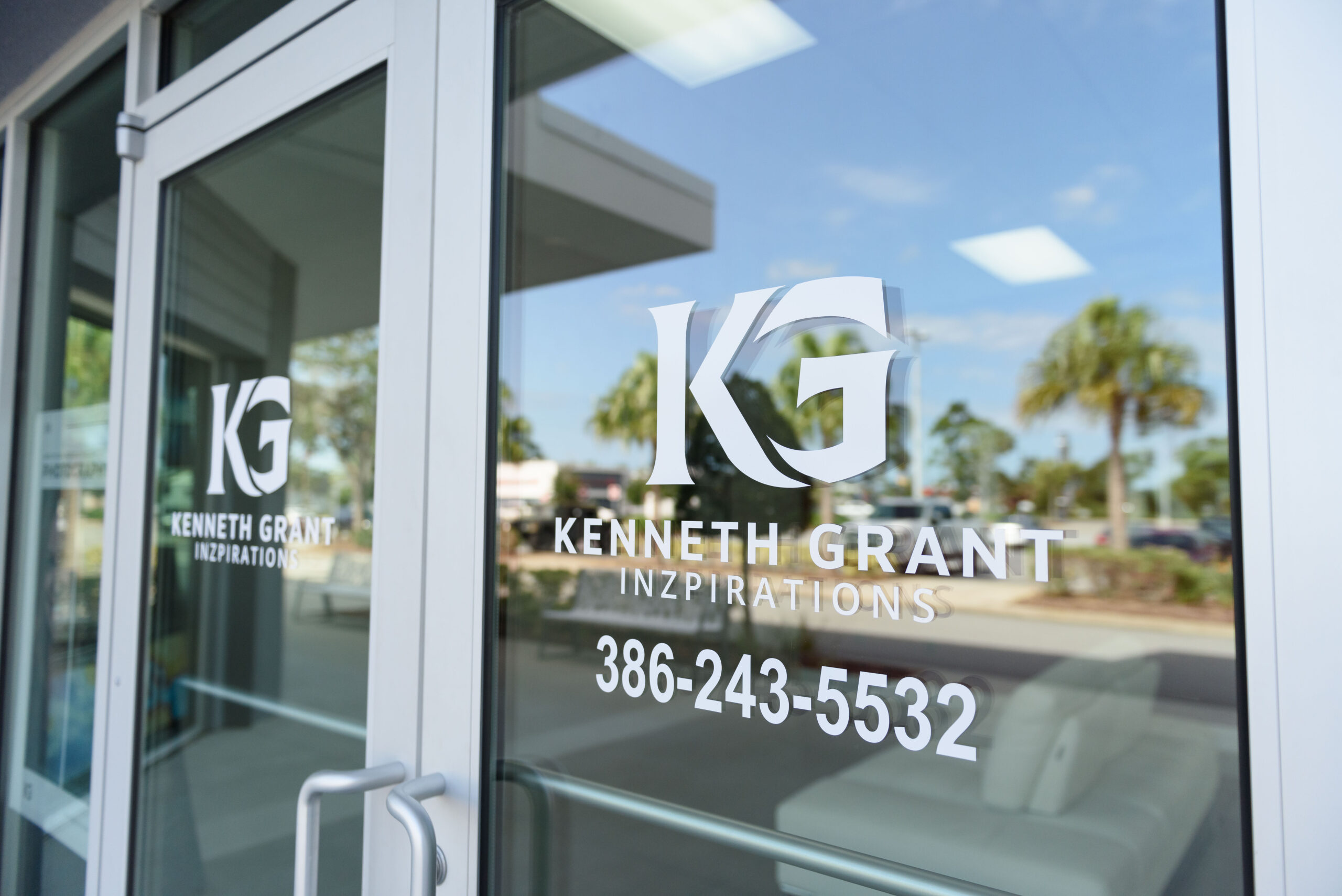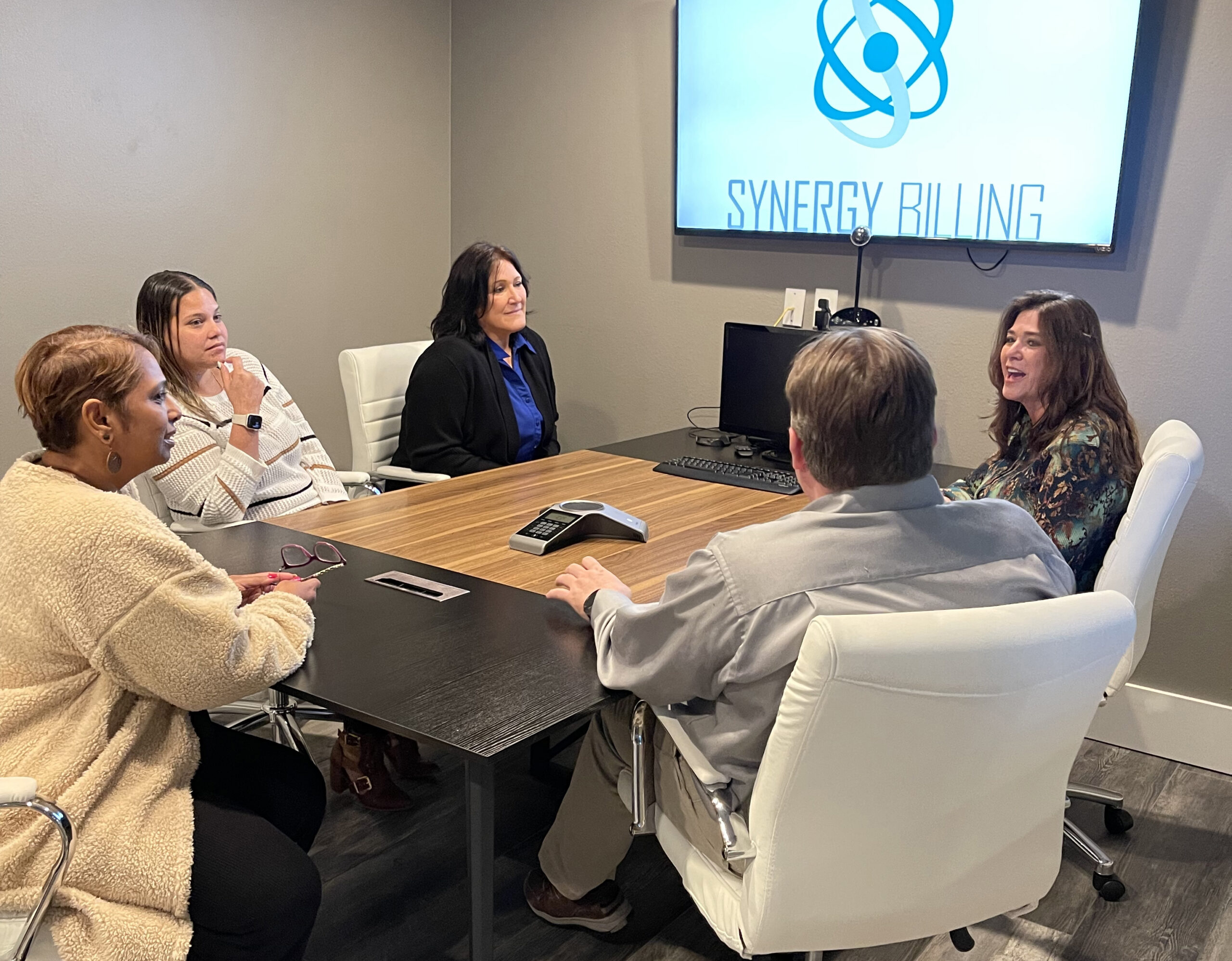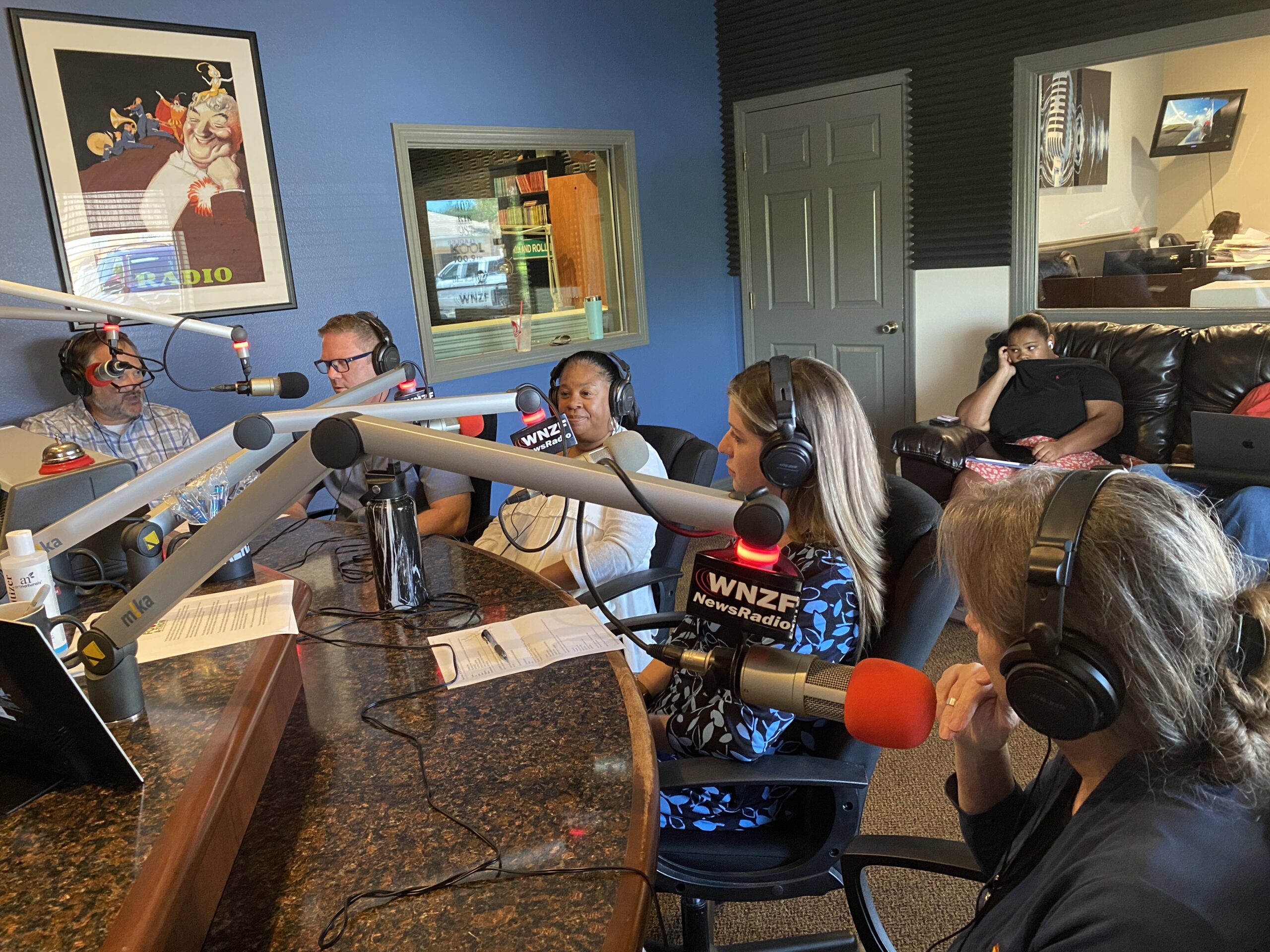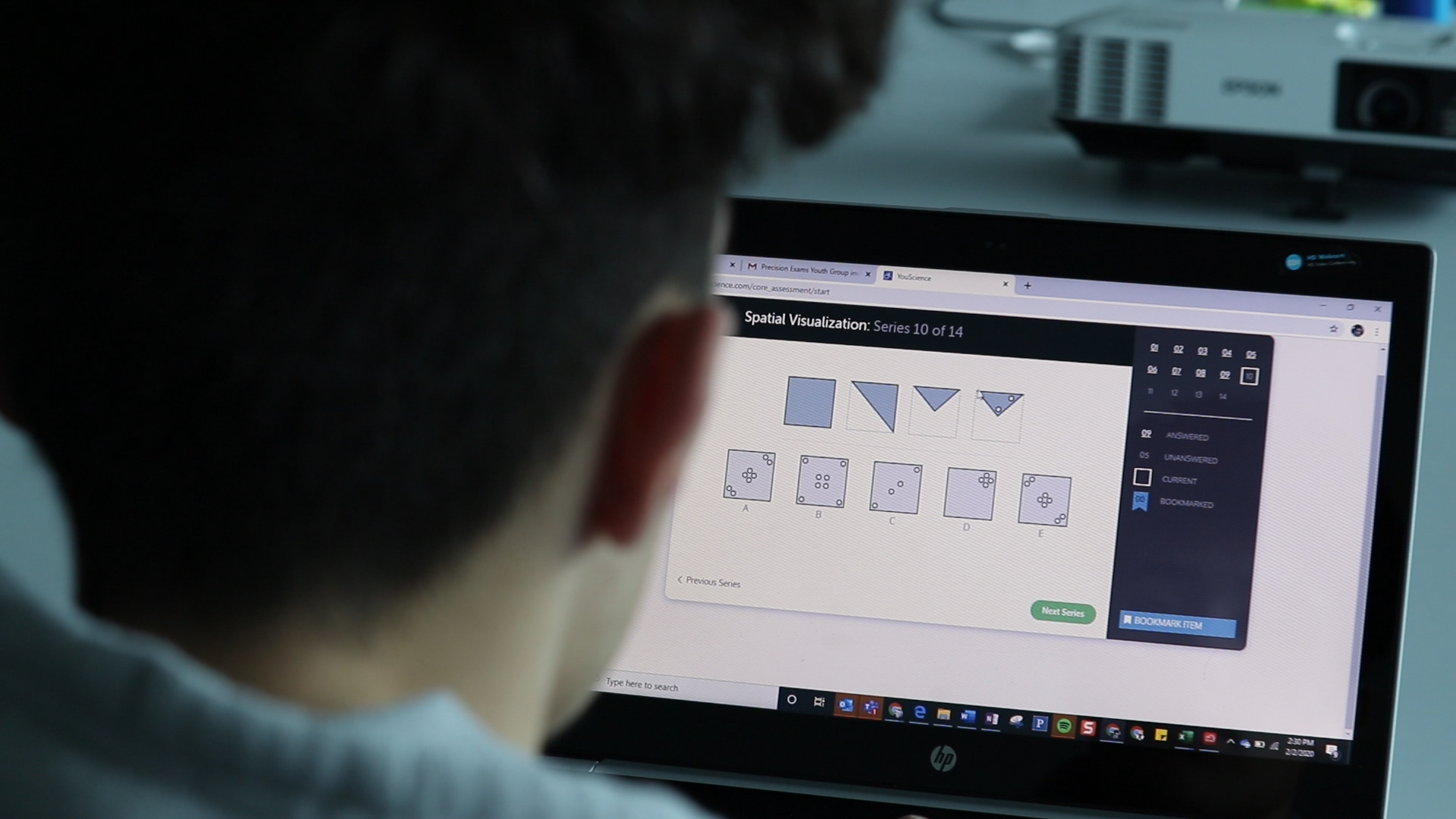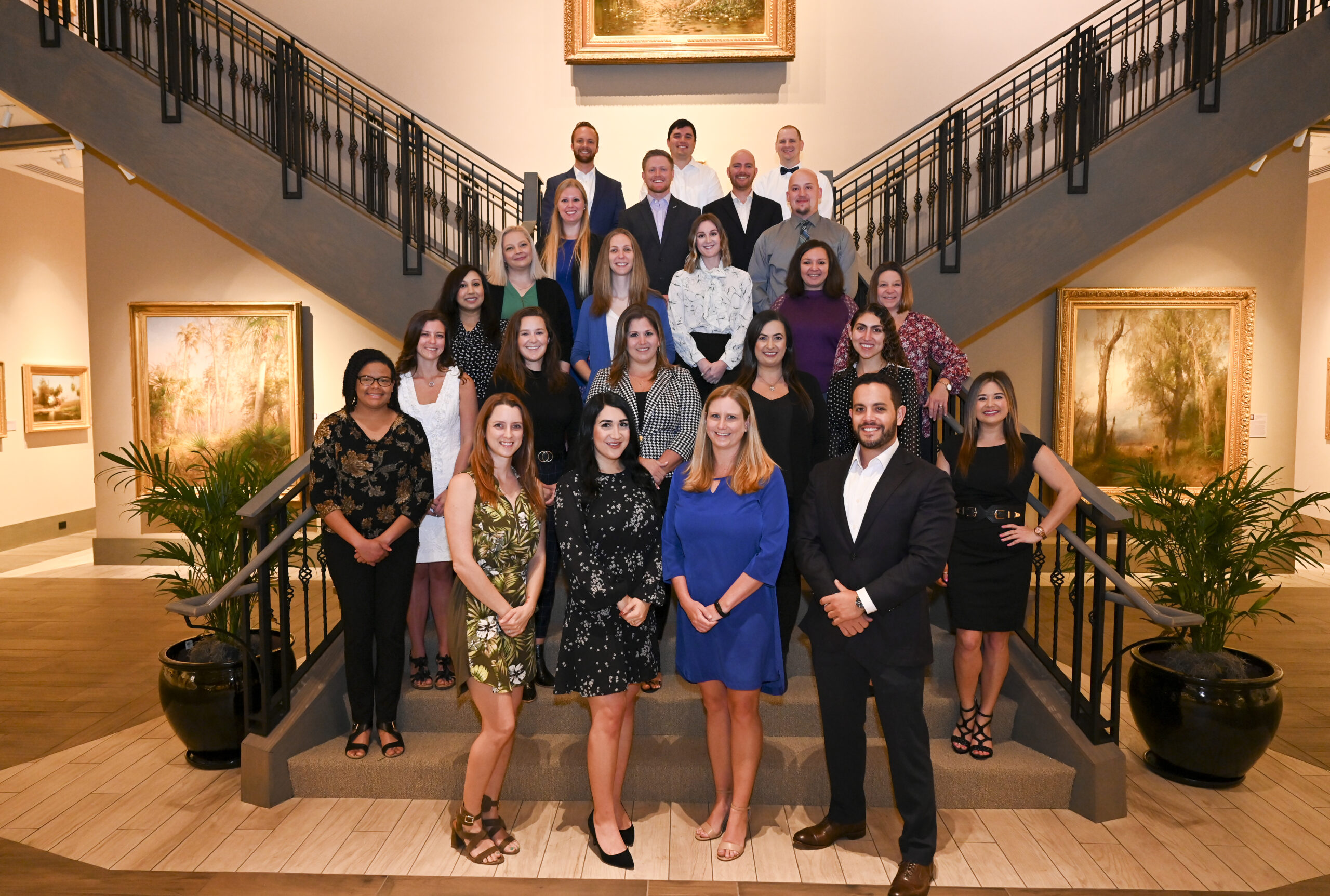What has happened? First, we had the Great Resignation, the economic trend of employees voluntarily resigning from their current employer. Now, based on demographics, the pandemic and a maddening world pace, some are calling our current state of the workforce…the Great Reflection. Like any reflection, seeing who we think we are in a window or mirror can cause us to adjust. We may suck in our gut, stand up a little more straight, adjust our hair or do any other thing that helps us look the way we want to feel.
Time and sequencing can also be that window or mirror which provides not an aesthetic or visual reflection but more of a soul reflection. No matter your age or years in the workforce, there are times in your life that are filled with reflections on your career, the choices you have made and your relationships. The recent pandemic ushered in more “me” time for many of us, and we filled that time with research, reflection and some reframing. That is the commonality we all went through, and that is what we need to remember when we are trying to recruit employees for our organizations. However, there are some nuances to the younger generation, and these nuances have been magnified by our timing.
When I started recruiting talented individuals, it was common for a young graduate to interview at many large companies and get a general sense of what the company provided, the salary and the likelihood of advancement. The priority new hires focused on was money for a job well done. As healthcare costs have risen, the decision ledger weight moved more toward the benefits side. How much was it going to cost for health insurance, what were the co-pays and what is the 401k match? This generation largely was not looking at where the office was located, what the company’s carbon footprint was and if the company included everyone at all times.
Well, wake up! We have moved the cheese again, and now anyone looking for a new job has a combination of economics, readiness and geography when making their choice of career and who will be lucky or good enough to hire them. Now it is about purpose, place and path. These recruits desire a purpose for their work and it could be anything, but gone are the days of presenting your company as “we make x amount of widgets.” Now the thought process of the recruiter and recruit is, “why do we make those widgets, how do they make things better and how can I use my talents to be a part of the making it better.” Purpose must be authentic and well communicated.
Path is equally important. “How will you and I grow?” Is there a clear path that is achievable in a short amount of time to keep me engaged, or is it just a “go for it” mentality? Path must be presented and clear but leave room for independence based on the individual.
Finally, Where are we going to exercise our feeling of purpose? Does the destination offer everything we need to keep me housed, clothed, fed, loved and motivated? We both need to work hard in this area because, as we have seen with the affordable housing crunch, they aren’t coming if they can’t afford to live the life they feel they deserve. They aren’t coming if they don’t feel included, and they won’t stay if they aren’t motivated. They have choices and won’t settle.
So speaking to the old desires isn’t going to get you the hires you need or want. You have to change your language and commitment to why you do what you do. I am confident if you look deep in your reflection, you will see that purpose, path and place are what you were looking for at the genesis of your career; you just didn’t use those terms. At the very end of the day, it is about authentic connection. Isn’t that what we all want?
